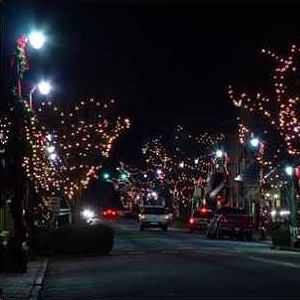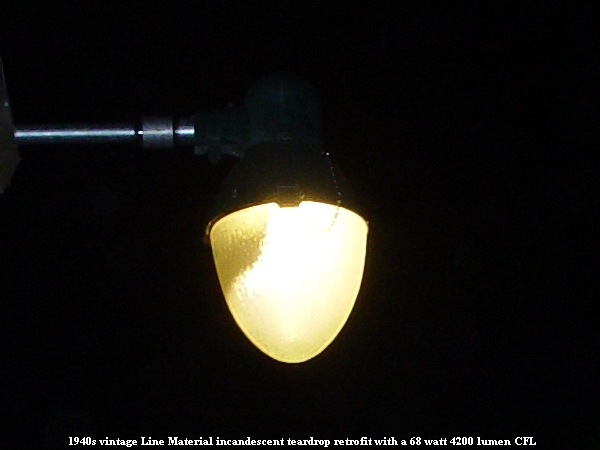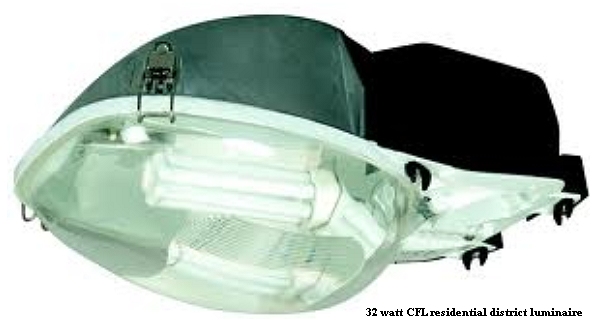Part Four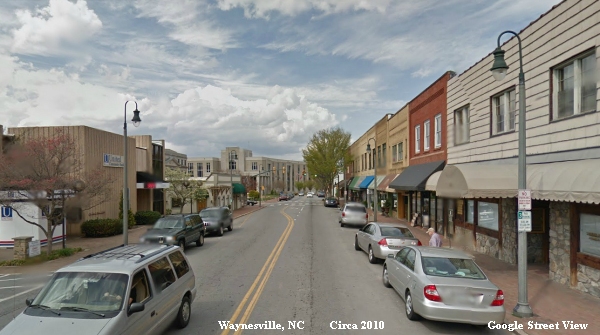
While HPS luminaires eventually dominated the streets as incandescent lamps did in the mid 20th century, other lighting methods were also being developed. Sodium vapor was energy efficient and monochromatic, producing less light pollution. However studies showed that white light improved drivers peripheral vision by 50 percent and took reduced driver's average reaction times for braking by 25 percent. Sodium designers improved color output but safety considerations, particularly where cross traffic was involved, warranted a return to more natural lighting. "Trespassing" light would have to be controlled by optics rather than lamp color. (Links to visibility studies and color rendering reports appear on Page Five.) |
| Four options produced practical results and are described below. |
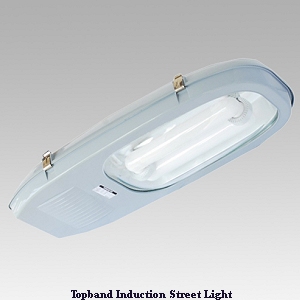
Induction lamps provide light from an electrodeless fluorescent tube that is oval or box-like in shape. Induction coils at each end of the tube excite the gas inside the tubes which in turn excite the phosphors that line the tube to luminescence, much the same as with traditional fluorescent lamps. As compared with fluorescent lamps, induction lamps are much more compact and can generate considerably more light. While induction lamps provide a soft, relatively natural light, earlier models experienced reliability issues during extreme temperatures. Manufacturers claim that their current models provide stable light output over a wider variation of temperatures. |
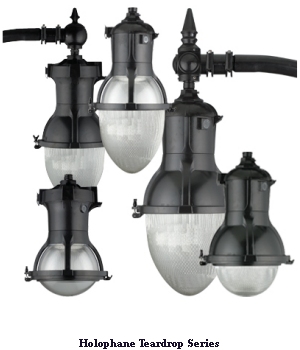
Metal-halide (MH) lamps experienced significant improvements with the development of the ceramic discharge tube. The ceramic metal-halide (CMH) lamp tube is filled with a mixture of mercury vapor, argon and metal-halide salts. CMH lamps produce a relatively natural white light as compared with other dominant light sources at about one-fifth the cost of traditional incandescent lamps. CMH lamps are ideally suited for use in vintage retro as well as modern style luminaires, as well as retrofitting into historic fixtures that can accommodate CMH electronics packages. |
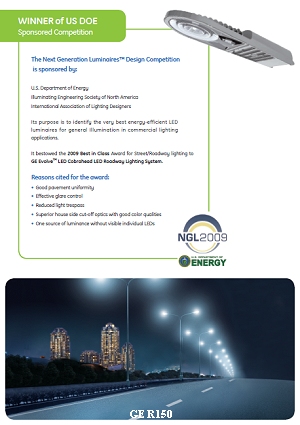
In looking at the number of patents filed, it appears that the greatest attention by 21st Century inventors and designers has been in the field of light emitting diodes (LEDs.) The reliability and amount of light output from clusters of these small light producing devices are constantly improving. Most LEDs produce a bright slightly blue-white light. Unfiltered, LED light can appear harsh. However where more diffuse light is desired, luminaires can be acquired that produce a more diffused and/or refracted light. Asian designers have been particularly focused on producing more efficient and more reliable LED street and highway lighting, with most US patents being issued to to Chinese, Korean and Japanese inventors. It is too early to assess the average longevity of these luminaires, but with literally hundreds of thousands of them being placed in service, LED technology is sure to get an adequate "field test." |
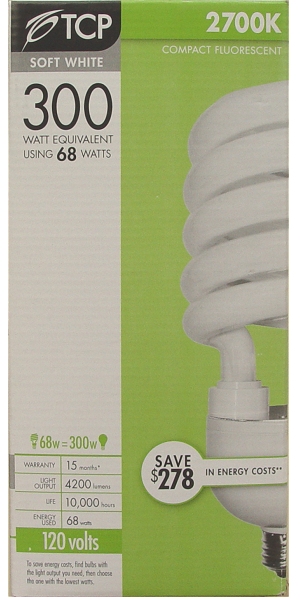
My personal view is that compact fluorescent lamps (CFLs) have been grossly overlooked for street lighting use, especially in residential areas and on narrower streets where 3,000 to 5,000 lumen lamps are appropriate. CFLs often make conversions from incandescent lighting incredibly easy and economical. If an incandescent luminaire is still functional and provides a reasonably desirable light pattern, replacing the incandescent lamp with a CFL can produce similar illumination for less than $20.00 while saving hundreds of dollars in energy costs over the life of the lamp. Most CFLs can simply be screwed in the same sockets as incandescent lamps. CFLs are also now being made to replace mercury vapor lamps, providing similar cost savings. My experience is that a CFL replacement produced by a reputable manufacturer will give years of dusk-to-dawn service while providing a soft, natural light that is similar to an incandescent lamp. (Cool white models are also available when it is desirable to replicate a color-corrected mercury vapor appearance.) One consideration that needs to be made when retrofitting older lamps involves stray light cutoff. CFLs have long light producing bodies similar to mercury vapor lamps, as opposed to a relatively small light producing areas in tungsten filament incandescent lamps. Where sharp cutoff is a high priority, a CFL may not be the best replacement, however for most other applications a CFL may be the most economical means of extending the life of a luminaire while reducing energy consumption. |
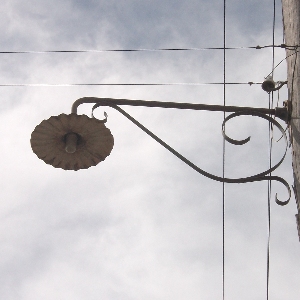
|

|
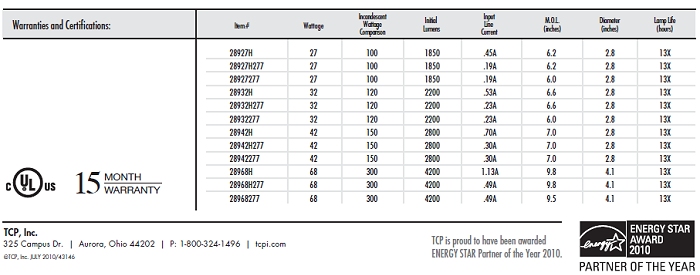
|
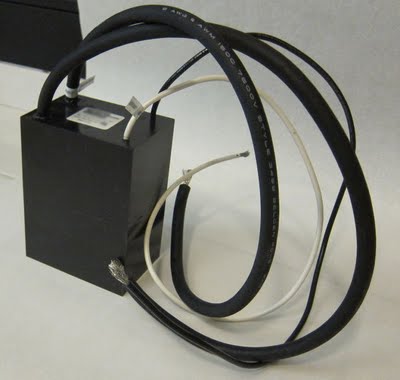
There are options available to upgrade lamps without having to pass a bond measure. Whether a series circuit is in a remote area where bringing in line voltage is problematic or the circuits are underground and it would cost a king's ransom to install 120 volt service, there are low cost options to convert systems to LED or similar low energy lighting. One example is the STM140 isolation transformer made by OV20 Systems. This transformer operates on 6.6 amp series circuits. Regardless of voltage supplied by the constant current regulator, it delivers clean 120 volt power through its secondary windings, sufficient for powering LED luminaires or any of a number of retrofits for classic luminaires. |
If you have comments, see an error or think of something that should be added to this section, please
Email me.
